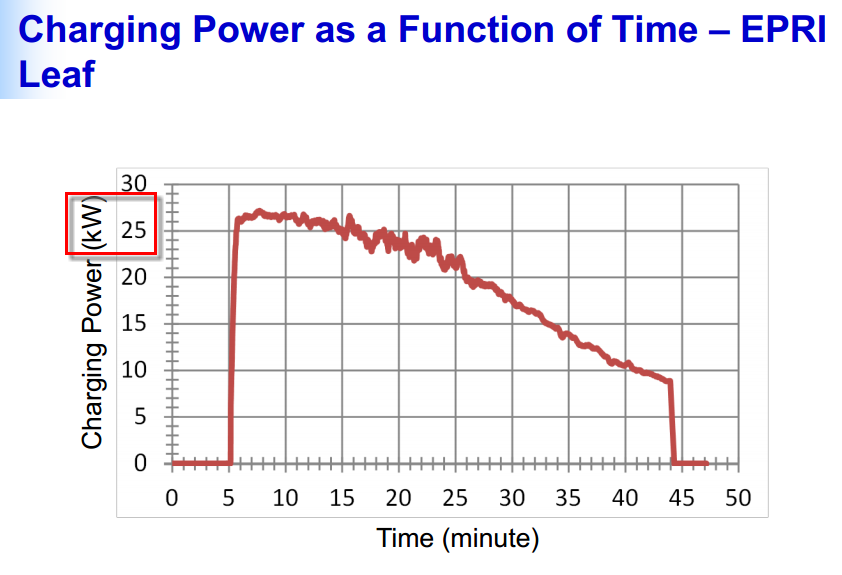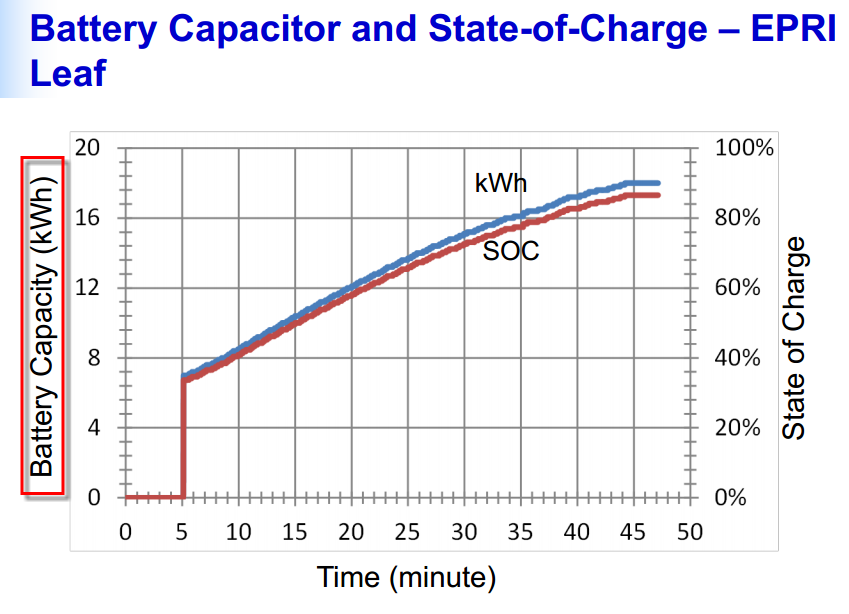WITH a steady flow of battery-powered vehicles arriving in showrooms, and charging infrastructure plans being announced almost daily, it would seem that the initial beachhead for electric vehicles is well established.
Yet the prospects for long-distance travel by electricity continue to be limited. Until a mechanism for replenishing a car’s batteries, either by charging them quickly or swapping them altogether, is in place, the appeal of electrics will be constrained. Even with cars for sale that offer 300-mile batteries, a cross-country vacation in a purely electric car remains impractical.
Several fast-charging solutions — typically, systems that can restore a battery to 80 percent of its capacity in 30 minutes or less — are already available, but the connectors and software used in these direct-current chargers are largely incompatible. As standards wars go, the debate over which will become the de facto industry leader is a small-scale version of the epic battle between Betamax and VHS or Apple versus Microsoft.
For drivers, this means that not only must they locate a high-speed charger when they travel, but it has to to be a specific type of charger — a factor that could hurt already struggling E.V. sales.
That incompatibility appears to be growing. In May, the Detroit Three and five German carmakers, including Mercedes-Benz and Volkswagen, said they would create a charger with a two-prong connecter that could provide a fast direct-current charge, or a slower alternating-current charge, in a single combined plug.
The announcement angered companies here that have backed a rival technology. For several years, Nissan, Mitsubishi and many charger makers have developed a technology called CHAdeMO, which is installed in at least 1,500 fast chargers globally. Any new standard, these companies say, is unnecessary and ultimately destructive.
“CHAdeMO is already a very proven technology,” said Hideaki Watanabe, vice president in the Zero Emission business group at Nissan. “I don’t know why we need another standard.”
Adding to the confusion, Chinese electrical vehicle makers are creating their own fast chargers to be used in their home market. Tesla, the California-based maker of electric cars, has developed its own chargers as well.
The differences between standards are not insignificant. Cars like the Nissan Leaf have individual sockets for the different levels of charging.
The American-German technology, which is based on the SAE J1772 standard used in slower AC chargers, would allow carmakers to install only one combined socket on the car.
“We think that it is a convenience factor,” said Kevin M. Kelly, a spokesman for General Motors, who said the new fast chargers would not be ready until at least next year, when a Chevrolet Spark E.V. is to go on sale...


